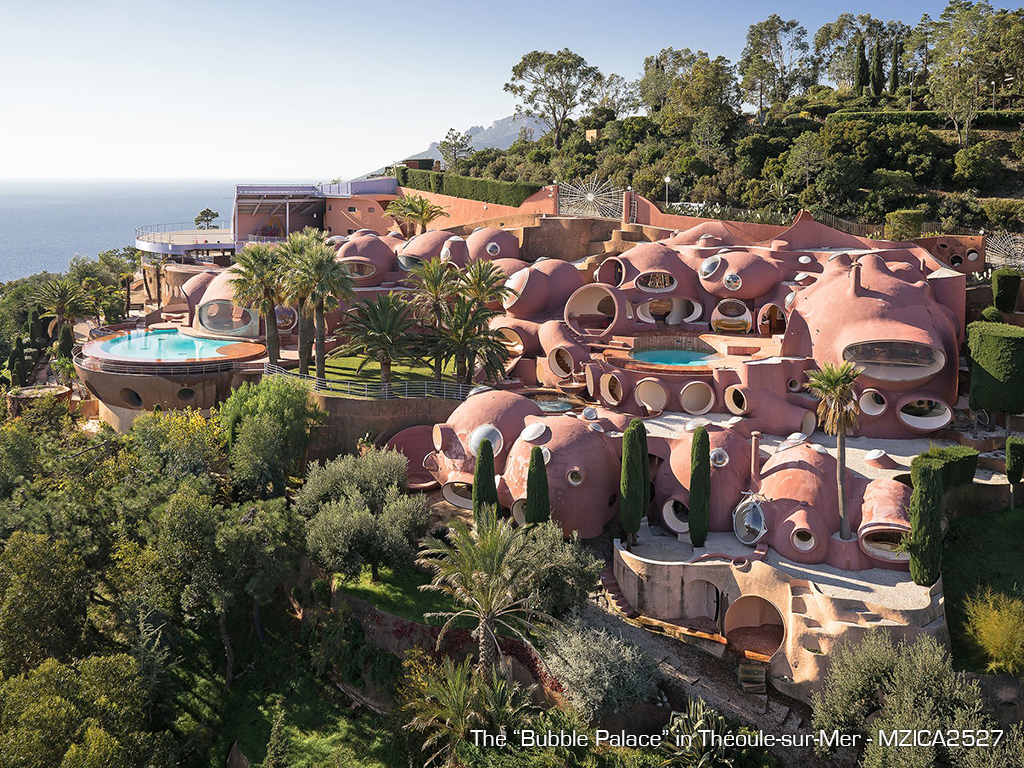
Futuristic architecture is taking over the urban lay-out of several cities across the world. Completely separate from the 1910-1930 futuristic wave in Italy, this architectural approach encourages the creation of buildings with striking and avant-garde designs. Come and discover this form of architecture, that conceptualises the city and lifestyles of the future!
What is the approach to futuristic architecture?
Nowadays, futuristic architecture refers to a free and uninhibited architectural approach, rather than a well-defined style. Developed after World War II, it draws its inspiration from the population’s current love of space discovery and space ships.
In the 1960s, several architects reinterpreted this approach and launched the neo-futuristic wave. Though their work was varied, they shared similar features that served to better define the movement: interest in surprising shapes and dynamic or contrasting lines that are contrary to classic architectural designs, use of more advanced materials and technologies.
Nowadays, futuristic architecture still relies on the latest forms of technology. Buildings belonging to this movement catch our eye with their original and often quite imposing shapes, and their quirky design making them sometimes look like unidentified science-fiction objects.
Selection of iconic futuristic works
Post-war designs
During the post-war period, lots of architects designs futuristic works in Europe, the United States and South America. Among these iconic designs, we have the Capitol Records building in Hollywood (1956), the cathedral in Brasilia (1960) and the Radio House in Paris (1963). Several other buildings of futuristic inspiration saw the light of day at that time, namely on American campuses or in Spain, under the auspices of Dali.
Contemporary designs
As of the 1980/90s, futuristic architecture relied on technological evolutions to design remarkable buildings. Lots of deconstructivist architects started erecting futuristic buildings, still standing today. Scattered all around the world, these designs were often commissioned by cultural institutions, museums and art centres. Among some of the most iconic, we have the famous Guggenheim Museum designed in 1997 by Franck Gehry, the Niteroi contemporary art museum by Oscar Niemeyer (1996), the City of Arts and Sciences of Valencia (1998), or more recently the Louis Vuitton Foundation in Paris and the Soumaya museum in Mexico (1999).
Futuristic architecture nowadays
Thanks to exceptional technological advances, futuristic architecture now offers often quite unlikely building designs. These buildings fit into their environment perfectly, and often pay tribute to nature by playing around with organic materials and using materials that can easily fade into the environment - several invisible architecture constructions should see the day very soon.
Nowadays, futuristic buildings can be found in several parts of the world - such as the famous Mumbai egg, the Burj Khalifa à Dubai or the future underwater Water Discus Hotel also in Dubai (Dubai is currently one of the jewels of futuristic architecture). Upcoming projects are even crazier: floating swimming pools, rotating skyscrapers, indoor parks, jerseys for skyscrapers, blow-up concert halls, 3D-printed interiors, etc. All this will no doubt vastly exceed the realm of contemporary architecture!
Are you looking to buy a futuristic villa with original architectural shapes? Michaël Zingraf Real Estate offers exceptional properties in the world’s most stunning locations. Browse through our offers online, and make the most of our support services.



